According to statistics, every second person has problem vision. In modern society, impaired vision has been learned to treat in a variety of ways, for example, by performing operations, wearing lenses and glasses. The last two methods, however, can only correct, and not get rid of this or that ophthalmologic disease. Most often, people prefer glasses to lenses. If they are correctly chosen, they do not create any discomfort, they are invisible and imperceptible for the owner. Lenses do not limit peripheral vision, do not mist over when there is a sharp change in the ambient temperature and provide greater accuracy of correction. This material contains basic information that will help in choosing the perfect lens for you.
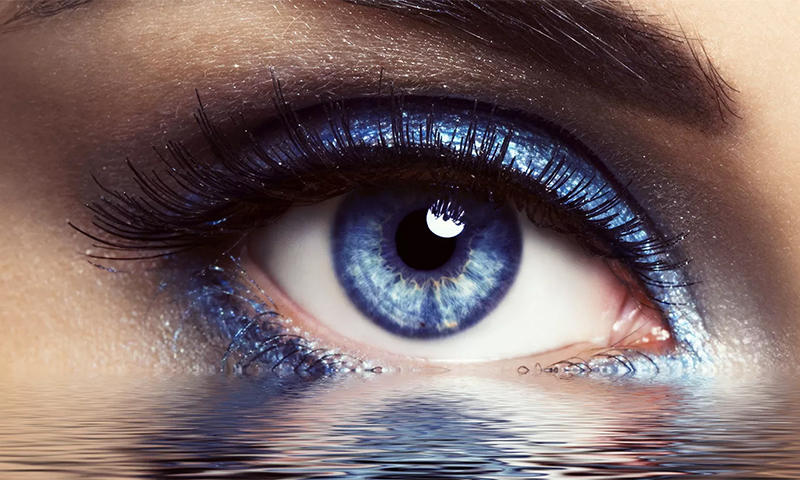
Content:
The best manufacturers of contact lenses - which company to choose
In the domestic market there are a large number of brands from well-known manufacturers. These are companies from the USA, Europe, South Korea, Japan, China, Russia.
All of them are engaged in the production and sale of a variety of contact lenses. But still among consumers, European and American brands enjoy great confidence. Products of these countries are considered one of the best.
The most popular are the following brands:
- Acuvue;
- Air Optix;
- PureVision;
- Biofinity;
- Proclear.
Experts recommend to give preference to time-tested manufacturers, guaranteeing the highest quality of their products.
Do not be tempted to cheaply buy contact lenses of dubious brands, because we are talking primarily about the health of your eyes. Such savings may not be easy to justify, but also lead to the most disastrous consequences.
For the first set it is best to select and buy several options in order to determine in practice which one is more comfortable. If you are already interested in finding a specific model, then go to our rating of the best contact lenses.
The principle of operation and the device of contact lenses

Contact lenses of modern production are flexible and thin plates superimposed directly on the eyeball. Their principle of operation is the same as that of glasses with diopters.
Since there are no universal lenses that would suit the majority, they are selected individually and only by an ophthalmologist. Contact lenses can correct for hyperopia, myopia, presbyopia, and astigmatism.
Remember that even if you have previously worn glasses, you only need to pick up the lenses after consulting a doctor. This is due to the fact that there is a significant difference between the two objects: the lenses are worn on the eyeball, and the glasses do not touch it.
That is why the doctor in addition to visual acuity must take into account many factors, such as sensitivity and incision of the eye, the planned time of wearing, lifestyle, habits and more. He will also explain how to care for the lenses, how to properly wear and remove them, and also assign an appointment for which you can buy contact lenses yourself in the future.
Experts strongly recommend not to use lenses during infectious epidemics, including seasonal. If you have been infected, be sure to discard the pair of lenses that you wore, as there may be pathogens on it.
Types of contact lenses
Gas permeable

Rigid gas-permeable lenses, which are made on the basis of silicone, are currently not much inferior to soft.
The material perfectly passes oxygen. At the same time, it is the rigid variants that have a smaller diameter, which means that the extreme peripheral zone of the cornea is always free for tears, washing away any foreign particles.
Without such lenses can not do with strong astigmatism, age long-sightedness, keratoconus and refractive errors.
Advantages:
- keep their shape well;
- do not tear;
- resistance to protein deposits;
- do not dry out in the wind or in hot weather;
- long service life.
Disadvantages:
- it takes some time to adapt;
- temporarily change the shape of the cornea;
- harder to pick up.
Hydrogel
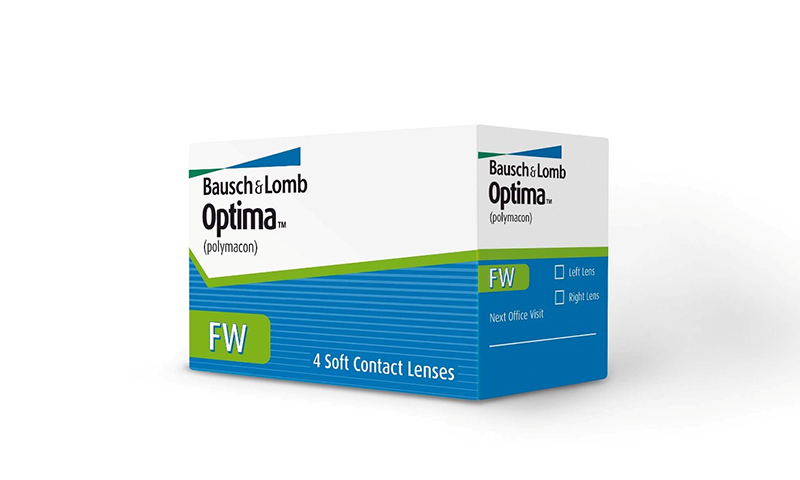
Soft hydrogel lenses are made from special polymers that are well suited for compatibility with mucosal tissues. The lens frame contains water that passes through special channels, due to which the cornea is saturated with oxygen.
True, the level of oxygen permeability is not so great for them to be worn for a long time without removing. Soft lenses sit comfortably on the eye, but due to the high fluid content, the process of handling them is not easy.
Advantages:
- do not cause discomfort;
- no time to get used to;
- easy to pick.
Disadvantages:
- are torn;
- by the evening dryness appears in the eye;
- Do not give the desired cornea dose of oxygen.
Silicone-hydrogel
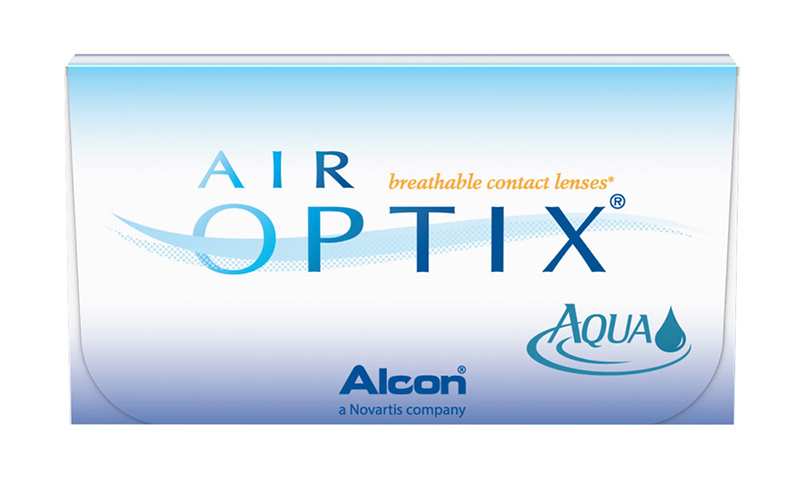
Silicone hydrogel lenses provide oxygen throughput not at the expense of water. The plates consist of a hydrogel (combines the structure of eye tissues and lenses) and silicone (allows the cornea to "breathe").
It is silicone that is responsible for the high transmission of oxygen, which prevents the user from hypoxia and other deviations. Together with this, the hydrogel maximally moisturizes the tissues, which minimizes dryness and discomfort. This type of lens is safer and more popular.
Advantages:
- resistance to protein and lipid deposits;
- no evaporation of fluid;
- possible long wearing;
- Comfortable to put on and take off.
Disadvantages:
- may take some time getting used to.
Contact lens selection options
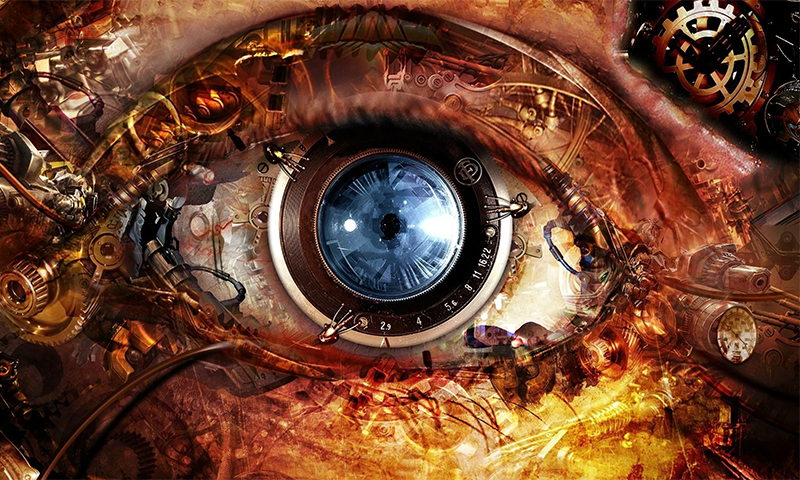
Replacement frequency
Contact lenses can be divided by frequency of replacement by:
1. One day;
2. One to two weeks;
3. Monthly;
4. Three months;
5. Six months.
6. Annual
Keep in mind that the period indicated on the package is maximum. It is not recommended to wear lenses over this time, as problems may arise, especially if you do not follow the rules of wearing for a long time.
Experts advise without urgent need not to choose lenses with a period of more than three months, but you, of course, determine what will be most appropriate specifically for you.
Wearing mode
Each type is accompanied by a maximum term, which indicates how long you can be in the lenses without changing.
In total there are four modes:
1. Day (worn in the morning, removed before bedtime);
2. Flexible (can be left for two or three days, including the night);
3. Prolonged (worn for seven days);
4. Continuous (not removed for thirty days or more).
Daytime is considered the best, because it is the most gentle and great for sensitive eyes. Flexible will be indispensable for travel, where there is a lack of comfortable conditions.
Durable options modes should be chosen only in case of need. After all, such lenses accumulate protein and lipids, which, in turn, causes irritation of the mucous membrane.
Even if your eyes absolutely calmly bear it, think, is it really difficult at the end of the day to take off, and at the beginning of the next to put on a fresh pair in order not to harm health?
Oxygen permeability coefficient and moisture content
Dry eye syndrome is familiar to most contact lens users. Usually during the day and especially in the evening, people notice a burning sensation that causes discomfort.
Of course, there are special moisturizing drops, but according to reviews, if they help, then temporarily. To avoid such a problem, it is necessary initially, when choosing lenses, to pay attention to their water content.
There are three categories:
1. Low hydrophilic (up to 50%);
2. With an average content (50%);
3. High hydrophilic (over 50%).
In this case, one should not forget about one more equally important parameter - oxygen permeability (on packages it is denoted Dk / t).
When selecting, it is best to stop focusing on the lenses, where there will be an average or slightly lower water content, but a greater value of oxygen transmission to the cornea, for example, 46% and Dk / t 150.
The form
1. Spherical - plain, round shape;
2. Aspheric - surface in the shape of an ellipse. Even with high diopters do not give distortions, unlike round ones. They have a large radius of view, they are thinner, lighter and flatter;
3. Multifocal - due to the presence of three zones provide clear vision at the near, middle and long distance.
4. Toric - can simultaneously correct both myopia and hyperopia;
Optical power
Do not strive to choose the lenses in which you will see perfectly, especially if you often have to work at close distances, for example, at a computer. Due to the location of the lens directly on the eyeball, you’ll see better than with glasses with the same optical power.
Try to choose exact parameters depending on your vision. And if you urgently need to buy lenses, but not the right ones, then choose with less optical power (within 1-2).
Diameter and radius of curvature
These parameters are set by the oculist individually. But there are standard, suitable to many: a diameter of 14 to 14.2 and a radius of curvature of 8.4 to 8.6.
In case of urgent need to buy lenses and the inability to visit a specialist, seek advice from a consultant optics store.
Remember that size is very important for a good fit and wearing comfort. The curvature, in turn, corresponds to the cornea, which ensures a perfect fit. Most often, the discomfort from the lenses is caused by the discrepancy between these two parameters.
Colored or transparent
1. Transparent lenses are the most popular.
2. Colored ones are distinguished by the fact that they are completely colored with the exception of the pupil zone and therefore are capable of drastically changing the eye color.
3. There are also models with a pattern where only parts of the applied pattern will be colored.
4. Tinted clearly visible on any surface.
5. Translucent emphasizes and enhances the natural color of the iris. True, wearing such lenses, unlike transparent ones, is not recommended for a long time.
What contact lenses to choose

1. Hard lenses require addiction, but have good oxygen permeability. They should be chosen with strong astigmatism.
2. Soft hydrogel is not very comfortable to wear and can cause dryness. Silicone-hydrogel does not have similar disadvantages, so we recommend them for purchase.
3. We recommend to buy lenses with a replacement frequency of not more than three months.
4. Prefer the option of lenses with a day or flexible mode of wearing.
5. To avoid dry eye syndrome, contact lenses should be chosen, where there will be an average moisture content and a high oxygen permeability coefficient.
6. The form is selected based on the individual characteristics of the eye.
7. Do not choose lenses with a greater than you power.
8. For everyday wear, it is better to discard colored lenses, leaving them for a special occasion.
How much are contact lenses
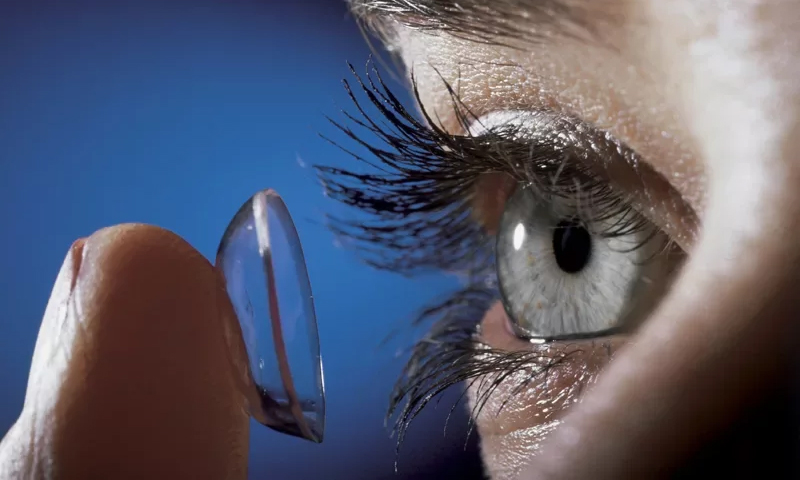
1. Packaging of one-day lenses will cost approximately 1 thousand rubles.
2. Lenses flexible wearing graphics can be purchased for 1.500-2 thousand rubles.
3. Extended lenses cost from 1.200 to 3 thousand rubles.
4. Contact lenses of continuous wear cost about 4-7 thousand rubles.
5. Colored lenses can be purchased for an amount of 500-2 thousand rubles.
It will be interesting to friends too







